I had the good fortune of forging a most special friendship with Julius Shulman, the legendary architectural photographer and iconic chronicler of the rise of Los Angeles’ modern era, who died July 15 at the age of 98. I believe one of the central elements of our connection was that we both grew up in this fair city of the angels and we both truly loved Los Angeles for all its richness.
Driving through Los Feliz last year, I pointed out a building to him. In vintage Shulman fashion he answered, “You don’t need to tell me that — I know everything.”
For quite some time we had been talking about the Boyle Heights neighborhood east of downtown Los Angeles. This is where he grew up, back in the 1920s, after his family moved here from their farm in Connecticut. He liked to boast that his birthday was “10-10-10.” Who wouldn’t be proud of such numbers? At the time they added up to him being 97. On the Sunday of Memorial Day weekend 2007, we set out on a most unusual, and what turned out to be a rather poetic, outing in Boyle Heights.
As we drove across the Los Angeles River into East Los Angeles, the iconic photographer began to relive memories: “That’s where my father’s dry goods store was located,” he said, pointing out the car window to a storefront. “I loved going into Canter’s Delicatessen with my mother,” he said as we passed the deli’s original home. In the 1920s, this section of Los Angeles had a primarily Jewish population. Indeed, in an interview Shulman gave to the Smithsonian’s Archives of American Art, he mentioned a dissertation he had written about life in the Brooklyn Avenue (now Caesar Chavez Avenue) area, from the herring barrels on the sidewalks to the stores filled with shoppers that stayed open until nine at night.
“We had integration of ethnic groups,” he said in that interview. “I wrote about how on Brooklyn Avenue you would see gypsies with their multilayered skirts with large families with numerous children coming into the stores. There were also Japanese, Mexicans, Germans, Russians. Many ‘white’ Russians [refugees from the revolution of 1917] lived down in the East First Street area, near the L.A. River west of Boyle Avenue.”
When I started planning our outing, I told him that I was attempting to get us into the Breed Street Shul, which has been boarded up for many years. His short response: “I was bar mitzvah’ed there in 1923.” When I told him that we would make a stop at Hollenbeck Park, Shulman, who had a lifetime connection to nature, spoke again: “When I was a Boy Scout we had our canoe races there.”
As he told the Smithsonian, “What happened in my photography experience began briefly in 1927, when I was in the 11th grade in high school. We were given the opportunity to take a course in photography. This was one of the first photography classes given in the United States. So I enrolled in that class. The family in those days had an Eastman box camera.

“For the class, we had assignments to take pictures around town. We were near Hollenbeck Park, which is a few blocks away from Roosevelt High School, my alma mater, circa 1928. We used to go to the park for assignments and take pictures of the lake area and a beautiful old wooden bridge. I did well with the box camera, and found that I was able to take care of the assignments and got very good training in how to develop roll film in the darkroom and make prints.”
It had been more than 80 years since those humble days back on Brooklyn Avenue. During our visit, we spent the first hour at and inside the Breed Street Shul, thanks to Robert Chattel, a restoration/preservation architect and board member of the Jewish Historical Society of Los Angeles. As Shulman and I sat side-by-side, each of us donning our kippahs, his happy smile lit up the room, the way it must have 84 years earlier when he was just 13 and reading Torah.
We went to lunch nearby on First Street, at La Serenata de Garibaldi. Afterward we stopped at Hollenbeck Park and lake, sans canoe races. We completed our outing driving by his sister’s home from back then. Next door, at 546 Cummings St., we saw the house he lived in as a youngster. Now updated and no longer recognizable, its side door opening remains in place. “Back in high school, that’s where I would enter to go up the stairs to my darkroom,” he told me.
Since his passing, I am left with very clear memories of this great man, whose work can be found in many books and anthologies, as well as at the Getty Research Institute, which owns his archives. His energy was explosive. So was his playful nature, and he was always so outspoken. “Ron, you talk too much,” he’d tell me. “Ron, you are the only one who speaks to me in Yiddish,” he would often say, as he corrected some of my one-liners. I have come to realize that no one I have ever known enjoyed having a good time as much as Julius Shulman.






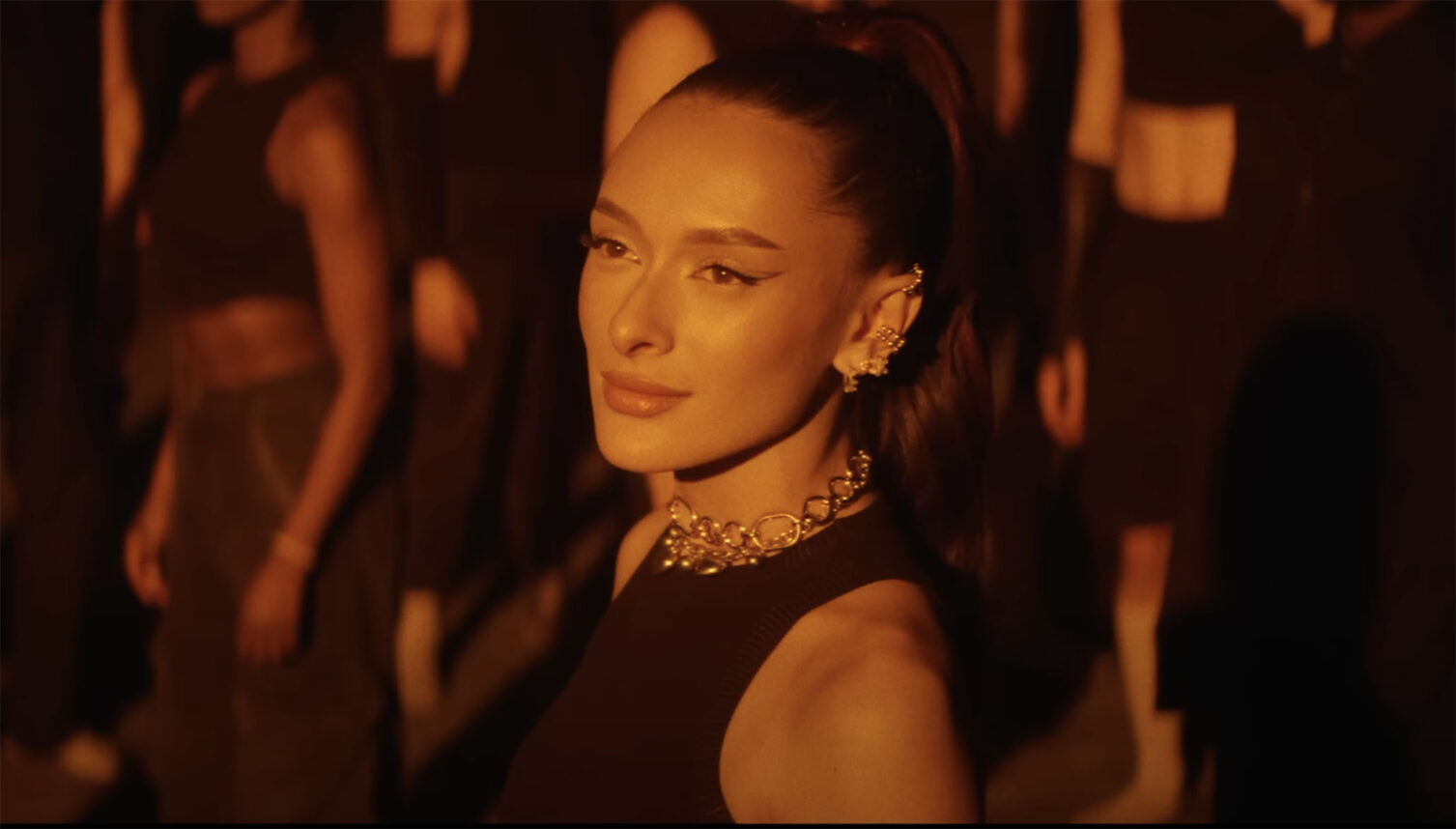

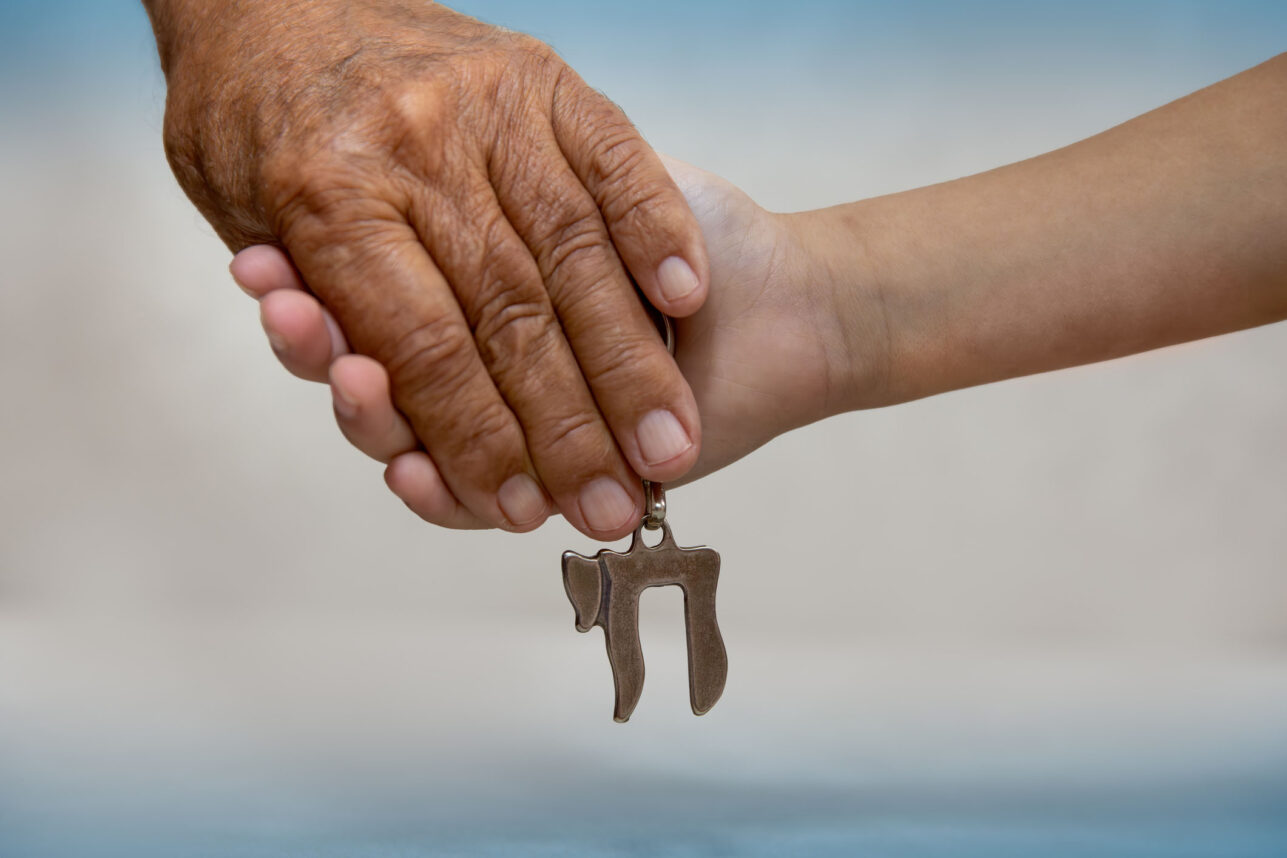
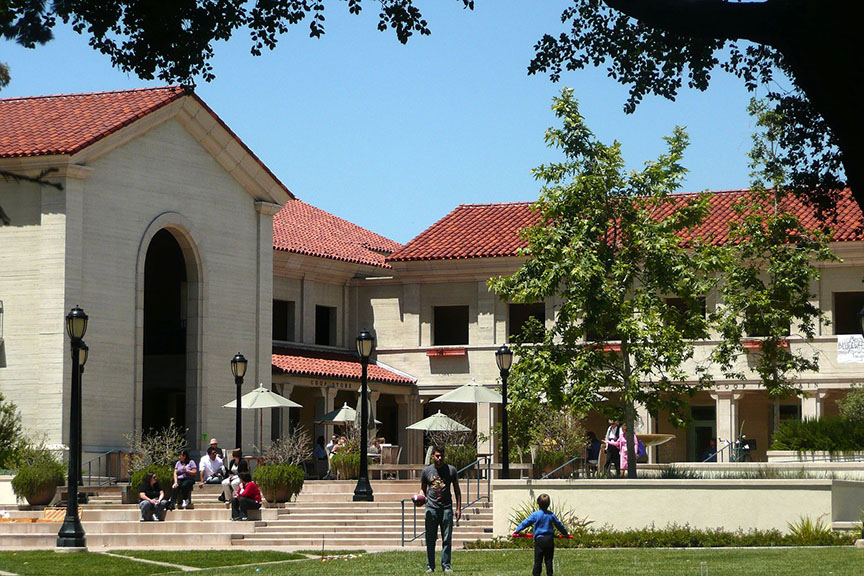
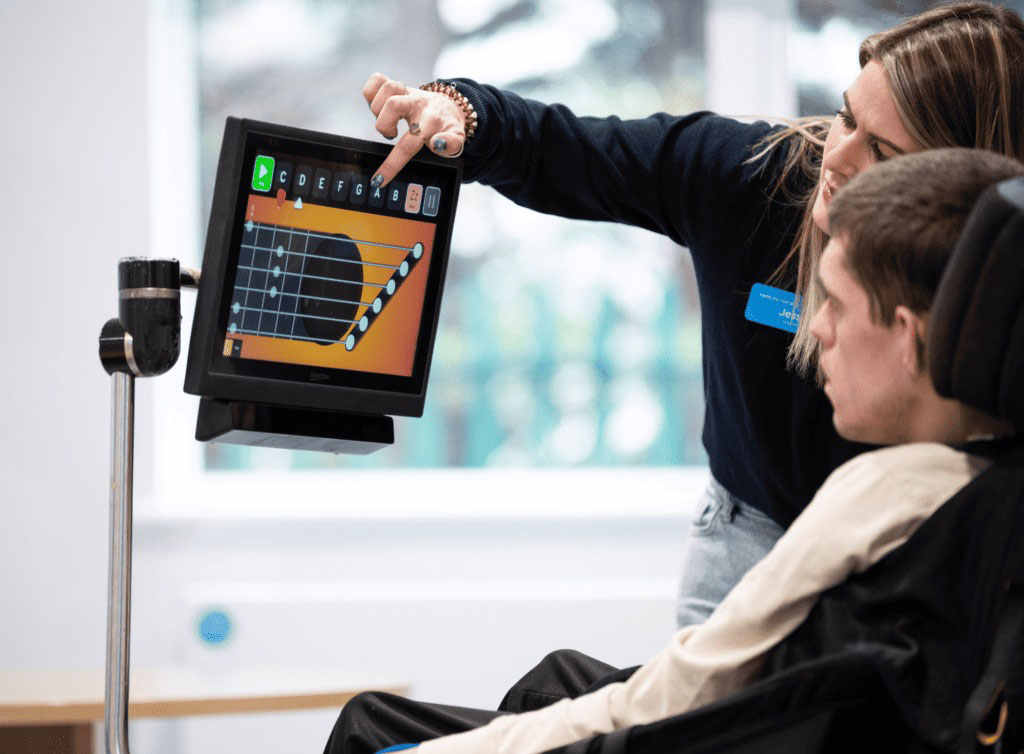
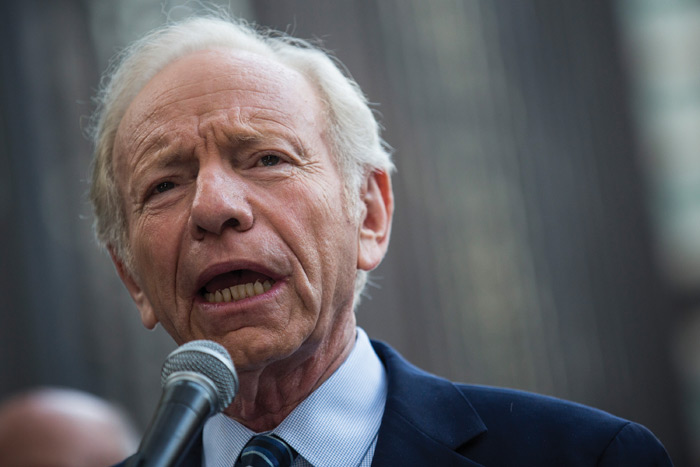
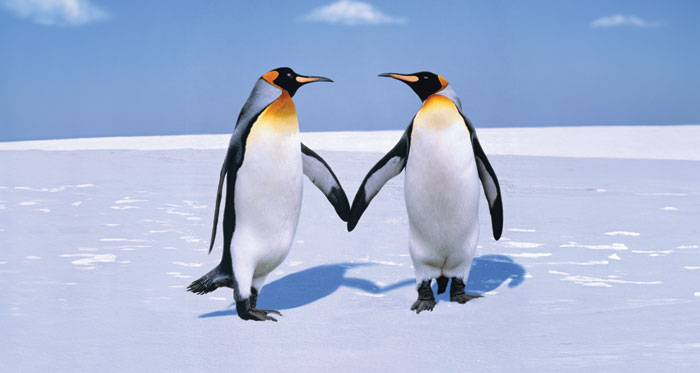


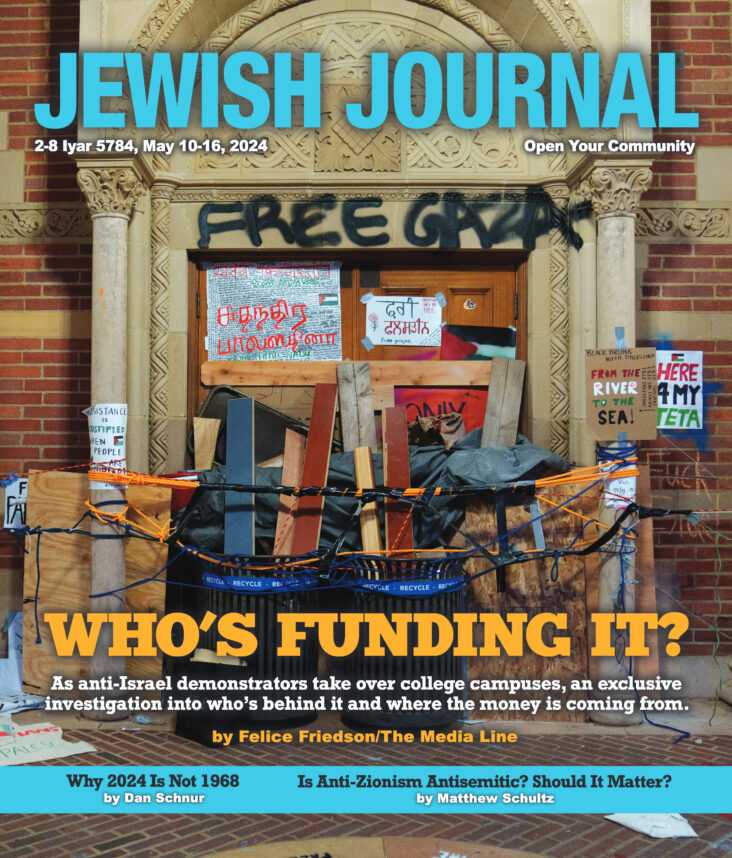






 More news and opinions than at a Shabbat dinner, right in your inbox.
More news and opinions than at a Shabbat dinner, right in your inbox.